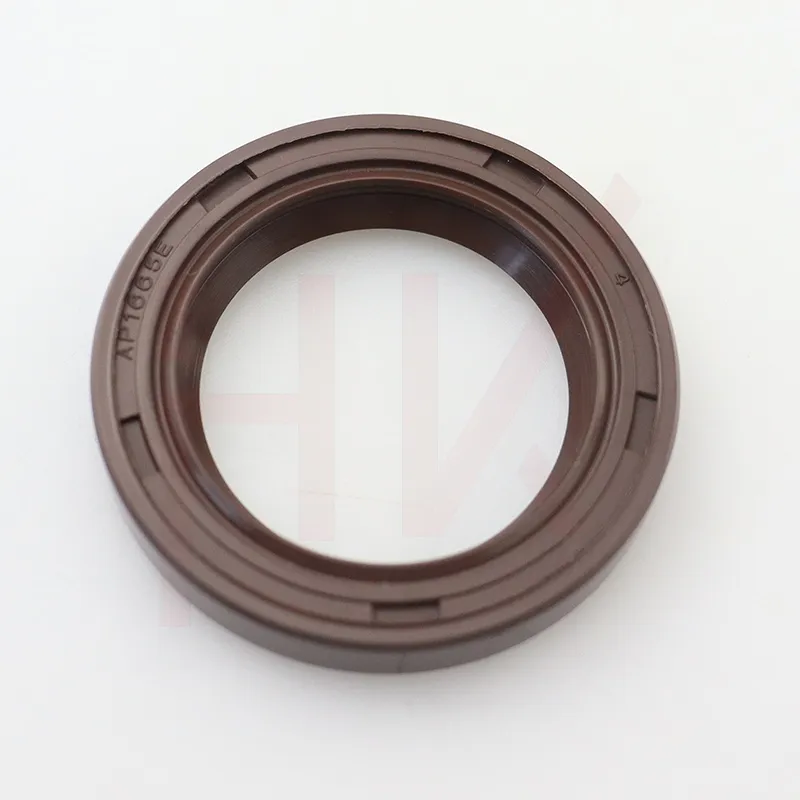sep . 14, 2024 12:37 Back to list
wheel hub seal
Understanding Wheel Hub Seals Importance and Maintenance
Wheel hub seals play a crucial role in the smooth operation of vehicles. They are essential components designed to protect the wheel hub assembly, ensuring that both the lubrication within the hub and the bearings remain intact and operational. Understanding the functionality, importance, and maintenance of wheel hub seals is vital for any vehicle owner or enthusiast.
Functionality of Wheel Hub Seals
The primary function of a wheel hub seal is to prevent contamination from external elements such as dirt, water, and debris, while also retaining the essential lubricants that keep the wheel bearings moving smoothly. These seals effectively create a barrier, allowing the wheel hub assembly to function optimally without the interference of harmful particles. Made from durable materials like rubber or polymer, they can withstand varying degrees of pressure and temperature, thereby ensuring longevity and reliability.
Importance of Wheel Hub Seals
Wheel hub seals are often overlooked, but they are integral to a vehicle's performance. If a seal becomes damaged or worn out, it can lead to the ingress of contaminants and the loss of lubrication. This scenario may result in premature wear of the wheel bearings, leading to catastrophic failures. Such failures can compromise the safety of the vehicle, as a malfunctioning wheel hub can cause handling issues or even wheel detachment. Regular inspection of these seals is crucial to maintain a vehicle's overall health and safety.
Moreover, the cost of replacing a damaged seal is relatively low compared to the potential expenses incurred from wheel bearing damage. Neglecting to address seal wear can lead to costly repairs, extended downtime, and decreased vehicle reliability. Therefore, maintaining the integrity of wheel hub seals not only ensures safety but also promotes the longevity of the vehicle.
wheel hub seal

Maintenance Tips for Wheel Hub Seals
Maintaining wheel hub seals involves regular inspections and timely replacements when necessary. Here are a few tips for vehicle owners
1. Regular Inspections During routine maintenance, always check for signs of wear and damage on the wheel hub seals. Look for cracks, cuts, or signs of leakage around the hub assembly.
2. Watch for Squeaking or Grinding Noises Unusual noises coming from the wheel area may indicate that the bearings are suffering from lack of lubrication, potentially due to faulty seals.
3. Professional Checks Have a professional mechanic inspect your vehicle's wheel hubs and seals, especially during tire rotations or brake service. They can provide a more thorough assessment.
4. Replacement When Necessary If you notice any signs of wear or if a seal has been compromised, replace it immediately. It’s a minor investment that can save you from more significant repairs in the future.
In conclusion, wheel hub seals are a vital yet often neglected part of vehicle maintenance. By understanding their role and monitoring their condition, vehicle owners can safeguard their vehicles from potential failures and ensure a safe, smooth ride. Regular inspections and timely replacements are key to enjoying long-term performance from wheel hub assemblies.
-
The Trans-formative Journey of Wheel Hub Oil Seals
NewsJun.06,2025
-
Graphene-Enhanced Oil Seals: Revolutionizing High-Pressure Oil Sealing
NewsJun.06,2025
-
Future of Hydraulic Sealing: Advanced Intelligent TCN Oil Seals
NewsJun.06,2025
-
Don’t Let a Broken TCV Oil Seal Ruin Your Day
NewsJun.06,2025
-
Bio-Inspired Dust Seals for Better Sealing Performance
NewsJun.06,2025
-
Biodegradable and Sustainable Hydraulic Seal Materials
NewsJun.06,2025
-
Top Oil Seal Solutions for Your Industrial Needs
NewsMay.22,2025
Products categories
















